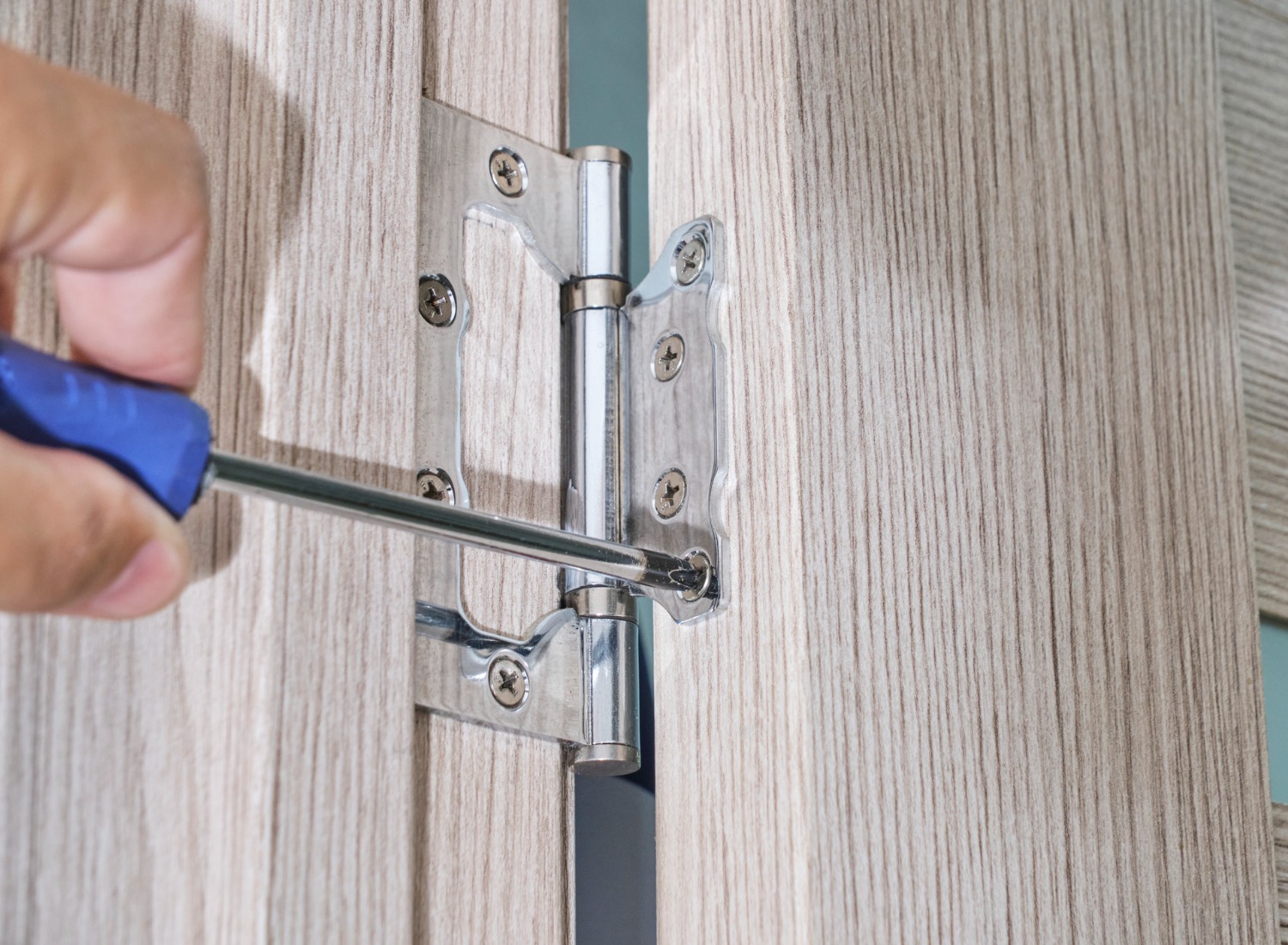
Solve Door Woes: Quick Tips to Fix a Sagging Door
Doors play a crucial role in the functionality and aesthetics of your home. A sagging door not only affects its performance but can also be a source of frustration. Fortunately, fixing a sagging door is a manageable task that doesn’t always require professional help. In this guide, we’ll explore some quick and easy tips to get your door back on track.
Assessing the Root Cause of the Sagging
Before diving into the fixes, it’s essential to identify the root cause of the sagging door. Common issues include loose hinges, a settled foundation, or a misaligned door frame. By understanding the underlying problem, you can implement targeted solutions for a more effective and lasting fix.
Tightening Loose Hinges
One of the most common reasons for a sagging door is loose hinges. Examine each hinge on the door and frame to check for any visible screws. Tighten these screws with a screwdriver, but be cautious not to overtighten, as it might strip the screw holes. If the screws no longer hold, consider replacing them with longer screws for a more secure fit.
Using Shims to Realign the Door
If the door frame is misaligned, shims can be a simple yet effective solution. Open the door and wedge shims between the hinge and the door frame on the side where the door is sagging. Gradually add shims until the door is level. This method helps redistribute the weight and corrects the alignment, preventing further sagging.
Checking and Adjusting the Strike Plate
The strike plate, where the door latch engages, can contribute to sagging if misaligned. Inspect the plate to ensure it aligns with the latch. If it doesn’t, loosen the screws holding the plate and adjust its position until it aligns with the latch. Tighten the screws, and the door should close properly.
Addressing a Settled Foundation
In cases where the entire door frame has shifted due to a settled foundation, a more comprehensive approach is needed. This may involve shimming the entire door frame, adjusting the hinges, or even consulting with a professional to assess and address any foundational issues.
Adding Reinforcement to the Jamb
For long-term stability, consider reinforcing the door jamb. Use wood screws to attach a metal jamb reinforcement plate to the door frame. This plate provides additional support and helps prevent future sagging. It’s a proactive measure to ensure the structural integrity of the door frame.
Balancing the Weight Distribution
Uneven weight distribution on a door can lead to sagging over time. To address this, remove the door from its hinges and place it on a flat surface. Sand the bottom of the door slightly to create an even surface. This method helps redistribute the weight, preventing one side from bearing more load than the other.
Upgrading to Longer Hinges
If your door hinges are short or inadequate, upgrading to longer hinges can provide better support. Longer hinges distribute the weight more evenly, reducing the likelihood of sagging. Ensure that the new hinges align with the existing mortises and that the screws are securely fastened.
Consider Professional Assistance for Severe Cases
In instances where the sagging is severe or the underlying issues are complex, seeking professional help is advisable. A skilled carpenter or door specialist can assess the situation, address any structural issues, and provide tailored solutions to fix the sagging door effectively.
Final Checks for Smooth Operation
After implementing the necessary fixes, conduct a final check to ensure the door operates smoothly. Open and close the door multiple times to confirm that it sits level, closes securely, and doesn’t exhibit any signs of sagging. Making these final adjustments ensures a successful resolution to your sagging door dilemma.
For more in-depth guidance on door maintenance and home improvement, visit fix a sagging door. Explore expert tips and resources to keep your doors functioning flawlessly and maintain the overall integrity of your home.
